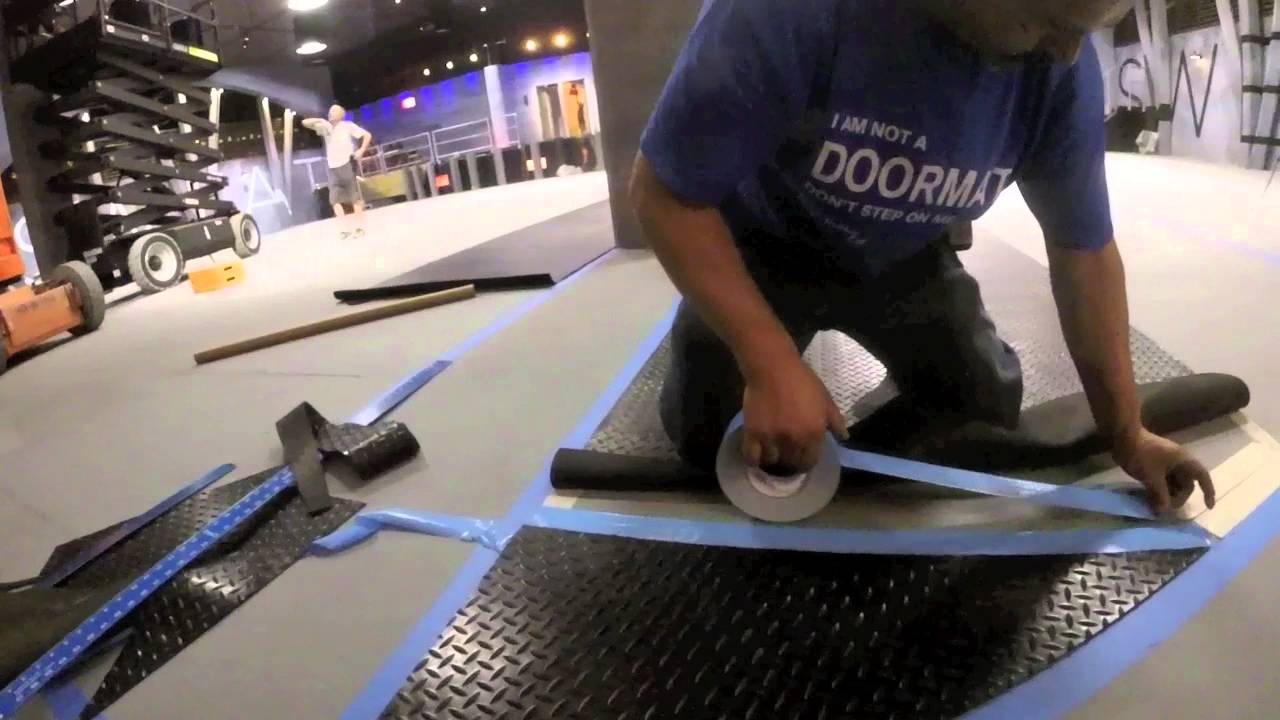01924 496111
01924 496111

Anti-slip rubber flooring is a practical and durable choice for a wide range of applications, from commercial and industrial settings to residential spaces. Its non-slip surface makes it a safe choice for wet or slippery areas, while its durability and resistance to staining make it a low-maintenance option. In this guide, we will walk you through the steps of installing anti-slip rubber flooring, from measuring and cutting the material to applying the adhesive and trimming the edges. With a little bit of patience and attention to detail, you can easily install your own anti-slip rubber flooring and enjoy its many benefits for years to come. See our installation guide below:
Measure the area where you will be installing the rubber flooring. You will need enough material to cover the entire floor surface, as well as extra for any cuts or seams.
Clean the floor surface thoroughly. This will help the rubber flooring adhere better and prevent any dirt or debris from getting trapped underneath.
Lay out the rubber flooring face down in a well-ventilated area. This will allow you to work with the backside of the material, which is typically smoother and easier to handle.
Cut the rubber flooring to fit the floor surface, leaving about an inch of excess on all sides. Use a straight edge and a sharp utility knife to make clean, straight cuts.
Trim any excess from the corners using a pair of scissors. You may need to make several small snips to get a smooth, rounded corner.
Test fit the rubber flooring by laying it on top of the floor surface. Make any necessary adjustments to the size or shape of the material.
When you are satisfied with the fit, apply a layer of adhesive to the floor surface. Follow the manufacturer's instructions for drying times and coverage.
Lay the rubber flooring down on top of the adhesive, starting at one end of the floor and working your way towards the other. Use a roller or other heavy object to press the rubber flooring down and ensure good adhesion.
Trim any excess rubber flooring from the edges using a pair of scissors or a utility knife.
Allow the adhesive to dry completely according to the manufacturer's instructions before walking on the rubber flooring or installing any furniture.
Note: If you are installing the rubber flooring over a previously installed floor, you may need to remove the old flooring material first. Follow the manufacturer's instructions for the adhesive and any additional materials you may need, such as padding or underlayment.